If your child is receiving special education services at school, you may have heard the terms “Individualized Education Program” (IEP) and “504 Plan” used interchangeably. While both of these documents provide support to students with disabilities, they are not the same thing. In this blog post, we will explore the differences between IEPs and 504 plans, so you can better understand the support your child is entitled to.
What is an IEP?
An Individualized Education Program, or IEP, is a legal document that outlines the specialized education and support services that a student with a disability is entitled to receive. The IEP is created by a team of professionals, including the student’s parents, teachers, and other specialists, and is reviewed and updated annually. The IEP outlines goals for the student’s academic progress, as well as any accommodations or modifications that are necessary to support their learning.
To qualify for an IEP, a student must meet specific eligibility criteria, including having a qualifying disability that impacts their ability to learn and participate in the classroom. IEPs are covered by the Individuals with Disabilities Education Act (IDEA), a federal law that ensures that students with disabilities receive a free and appropriate public education (FAPE).
What is a 504 Plan?
A 504 Plan is a legal document that outlines the accommodations and modifications that a student with a disability needs in order to access and participate in their education. 504 Plans are covered by Section 504 of the Rehabilitation Act, a federal law that prohibits discrimination against individuals with disabilities in programs that receive federal funding.
To qualify for a 504 Plan, a student must have a disability that substantially limits one or more major life activities, such as learning, walking, or seeing. Unlike an IEP, a 504 Plan does not require a comprehensive evaluation or the creation of specific academic goals. Instead, the plan focuses on accommodations that can be provided to help the student access their education.
Key Differences Between IEPs and 504 Plans
While both IEPs and 504 Plans provide support to students with disabilities, there are some key differences between the two:
Eligibility: IEPs require a comprehensive evaluation and the student must meet specific eligibility criteria. 504 Plans do not require a comprehensive evaluation, but the student must have a disability that substantially limits one or more major life activities.
Scope: IEPs cover a wide range of specialized education and support services, including academic goals, accommodations, and modifications. 504 Plans focus primarily on accommodations that can be provided to help the student access their education.
Legal Protection: IEPs are covered by the Individuals with Disabilities Education Act (IDEA), which provides legal protections to students with disabilities and their families. 504 Plans are covered by Section 504 of the Rehabilitation Act, which also provides legal protections against discrimination.
Review and Updates: IEPs must be reviewed and updated annually by a team of professionals, including the student’s parents. 504 Plans are reviewed periodically but do not require an annual review.
In conclusion, while IEPs and 504 Plans both provide support to students with disabilities, they are not the same thing. IEPs are more comprehensive and require a formal evaluation process, while 504 Plans focus primarily on accommodations to help the student access their education. Understanding the differences between these two documents can help you advocate for your child and ensure that they receive the appropriate support and services to succeed in school.






